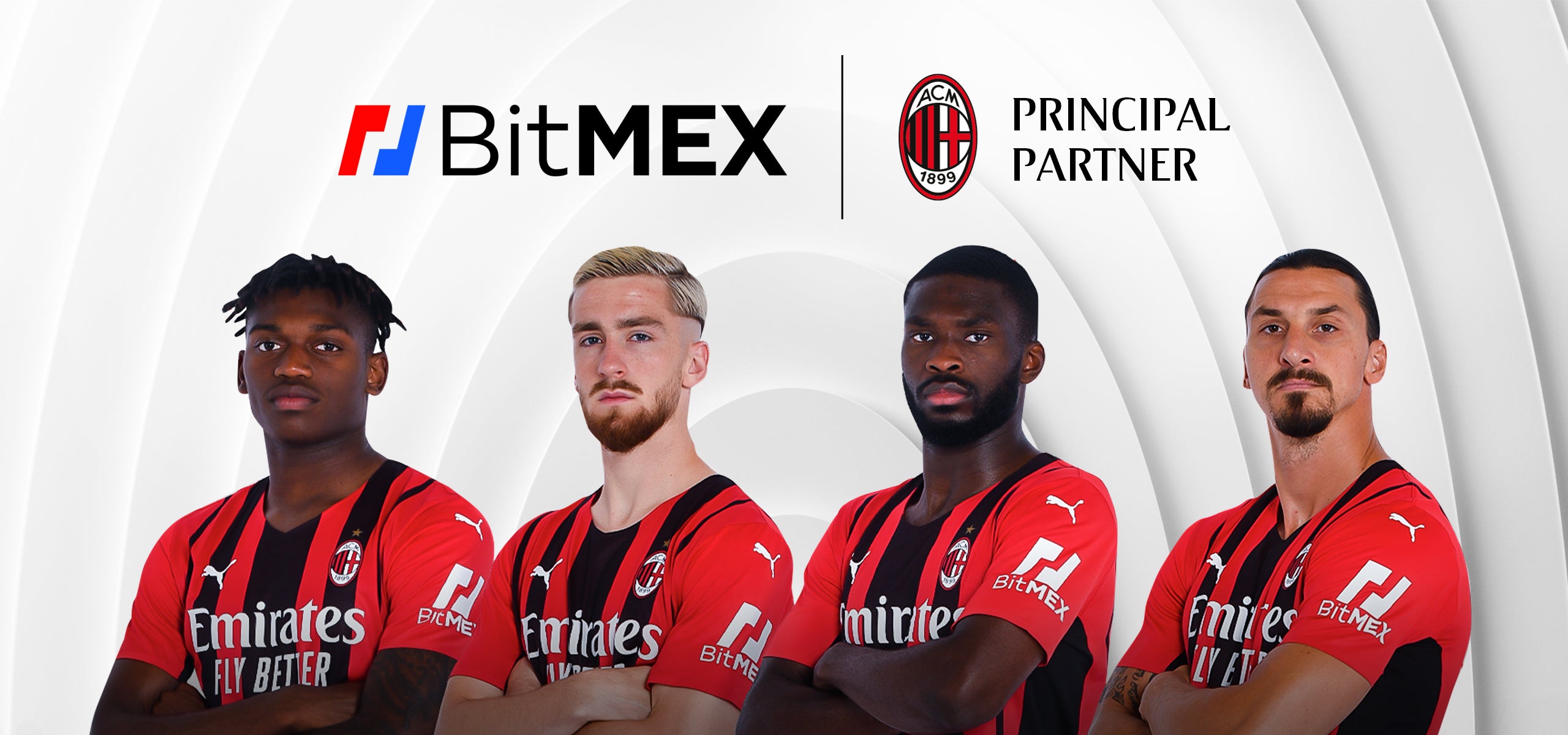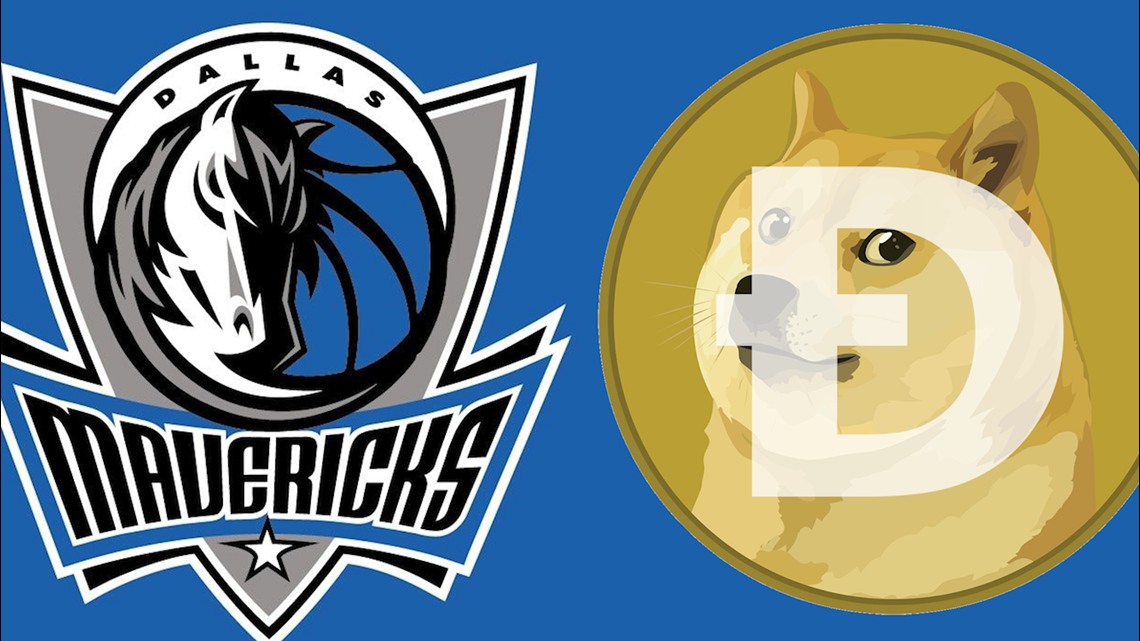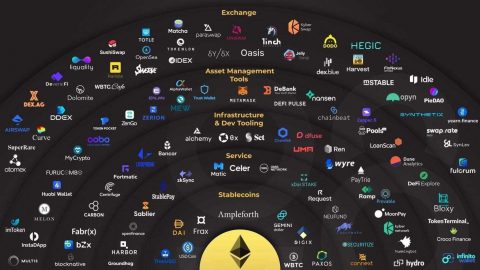As the dust settles on the Summer Olympics, it’s worth taking a look at the rising star of the sporting world: cryptocurrency.
The Summer Olympics may be gone, but there is plenty to parse. Setting aside the stories of sports heroism, medals, and close races, there has been another rising star during the Olympics: cryptocurrencies.
Whether it’s China’s announcement that they will be testing the world’s first central-bank-backed cryptocurrency at the Beijing Winter Olympics next year or sports stars like Lionel Messi getting paid in cryptocurrency, the sporting world is set to change forever. And we’re not talking about the paradigm-shifting Big Sports sponsorships that we discussed a few weeks back.
Cryptocurrency Is an Incredibly Diverse Technology
Before diving into sports-specific use cases, let’s take a quick look at how cryptocurrencies work. The term cryptocurrency is an exceptionally broad definition for a large variety of different technologies.
The most well-known kind are “classic” cryptocurrencies, best embodied by Bitcoin. These are essentially designed to act as stores of value and are either used as speculative assets or as a replacement for digital currencies.
However, cryptocurrencies can do a lot more than that. The blockchain technology that underpins Bitcoin and other coins is remarkably flexible. Blockchains are distributed ledgers that are capable of storing unalterable information about transactions. They’re constantly evolving, as we can see with the rise in popularity in new areas like Decentralized Finance (DeFi) and non-fungible tokens (NFTs), and next-generation platforms like Polkadot, with its interoperable parachain architecture and Web 3.0 ambitions, are looking to redefine what we think is possible with this young technology.
They can also carry significant amounts of metadata which makes them useful for many different purposes. For example, smart contracts on networks like Ethereum and Tron can emulate many of the features associated with financial institutions, such as loans or trading. Blockchains can also be used to create utility features specifically for sports, such as “fan governance” tokens.
Lastly, some cryptocurrencies are central bank digital currencies (CBDC). These coins aren’t necessarily formed on blockchain technology and are typically heavily centralized compared to traditional cryptocurrencies. Their supply and distribution are controlled by the relevant central bank and they are usually tied to a specific fiat currency.
All of these developments are beginning to take on real relevance in the sporting world.
CBDCs Will Be on Display in Beijing Olympics 2022

The next Olympic Games are the 2022 Winter Olympics in Beijing and one of the most interesting aspects of these games will be China’s new digital currency, the e-yuan.
China has been developing its Digital Currency Electronic Payment (DCEP) system since 2014 when it first noted that cryptocurrency could represent a threat to its national currency. The project gained more momentum when Facebook announced its new Libra project, which would have removed all government control over cryptocurrency.
How the E-yuan Is Different from Normal Cryptocurrencies
China’s plans for an economy that runs on digital assets have caused considerable controversy since their plans for their e-yuan and Blockchain Services Network (BSN) were announced. Many human rights advocates believe that blockchain will be used to further control a population that is overly reliant on e-commerce and social media apps like WeChat for everything. Coupled with China’s antagonistic stance against cryptocurrencies and now outlawed Bitcoin mining, many fear that it and other governments will take crypto to the dark side. But it will also bring new innovations that will not go unnoticed by the global retail sector.
However, it’s important to note that e-yuan doesn’t operate as a decentralized blockchain, but rather as a centrally-controlled cryptocurrency.
It does however use asymmetric cryptography to ensure that the e-yuan can’t be compromised. Although it is not a “cryptocurrency” in the traditional sense, it does share many of the same core features. The digital currency is underpinned 1:1 by physical yuan, which provides a price floor and prevents the large fluctuations seen with Bitcoin and other cryptocurrencies.
The e-yuan doesn’t use Proof of Work or Proof of Stake consensus methods. This drawback means that China needs to find another way to distribute the currency to consumers. The government has opted for a two-layer distribution system. The central bank is responsible for distributing e-yuan to commercial banks, who will then distribute tokens to customers.
At the moment, the Chinese government has the most advanced CBDC. The government may use the Winter Games as an opportunity to showcase how far it has come. Rather than being forced to exchange cash using their debit or credit cards, consumers can purchase wearables that they can use to make payments for Olympic merchandise or tickets.
If the trial is successful, more governments are likely to adopt CBDCs and it could make attending international sporting events a little bit easier for everyone.
Dogecoin Sponsorships
Dogecoin is an interesting case. The cryptocurrency has come under significant fire over the past 12 months due to extreme price volatility, but it still has one of the most positive communities in the crypto space.
Dogecoin arguably started the sports sponsorship trend in cryptocurrency when in 2014 the community raised $55,000 to sponsor a Dogecoin racecar that was driven by NASCAR driver Josh Wise. More recently, the Dallas Mavericks have made history by accepting Dogecoin for ticket sales & merchandise. The Mavericks were an early adopter of cryptocurrency and had been accepting Bitcoin for two years prior.
The Texas team hopes that it will enable more fans, particularly those living abroad, to purchase Dogecoin. It also has an additional advantage: sports teams can leverage the increased buying power of cryptocurrency as prices increase.
With solutions like BitPay making it easy to accept cryptocurrency payments, it is likely that we will see more teams follow in the Mavericks’ footsteps.
Speaking of basketball, the sport has also been at the center of another interesting cryptocurrency development, NFTs.
NFTs Enable Fans to Own Rights to Incredible Sporting Moments

One of the most interesting — and baffling — cryptocurrency developments has been the rise of non-fungible tokens (NFTs). These tokens are distinct from Bitcoin and altcoins because NFTs have no intrinsic value.
Instead, they are designed to act as signifiers of ownership over a digital asset. More specifically, as ownership of the hashcode related to that asset on a blockchain.
The way NFTs work is a little complicated. The vast majority of NFTs are based on the Ethereum blockchain and are controlled by smart contracts. These smart contracts control the creation and verification of individual NFTs.
Without the blockchain, these NFTs would essentially cease to exist — but this is also what endows them with value. Each hashcode is stored on the blockchain and cannot be altered, making it easy for buyers to prove ownership of an asset.
Collecting and Trading NFTs
Aside from the technical idiosyncrasies, NFTs have created a lot of confusion. Many people view them as a sort of ownership of the actual video. The easiest way to understand them is to think of them as the next iteration of the baseball cards we all coveted as kids.
Sports brands can create limited-run editions of specific clips and ensure scarcity on the blockchain. Fans can then verify that the item they’re purchasing exists and that it is limited in number. They can even go so far as to trade it with other fans.
This functionality is exactly what the NBA has built with its Hot Shots app.
NBA Hot Shots
This app allows fans to buy the ownership of specific clips from basketball games. They can then trade or swap these clips with each other and attempt to build collections of their favorite teams or players. It is interesting because it provides another way for sports teams to monetize their performance as “content” they are creating.
Olympic Collectibles
Another example of NFTs comes from the Olympic Commission, which announced that it will be possible to collect digital pins using an NFT. These virtual pins will be limited-run digital collectibles that can either be purchased in booster packs, traded for in an online marketplace, or won by playing games in the run-up to the Beijing Olympics.
Athletes Are Also Cashing In
Individual athletes have even been working on ways to use NFTs to better monetize their careers. For example, Ethiopian marathon runner Eliud Kipchoge sold an NFT called Key Moments that details his sporting career. The boxer Tyson Fury has also sold an NFT for nearly $1 million on an online NFT marketplace. In fact, it is becoming the new normal now for sports stars to issue their own NFTs on NFT platforms like Ethernity and cash in on the hype. Why not?
Blockchain-Backed Tickets
Ticketing is another interesting use of NFTs. Ticket scalping is a $15 billion industry that causes significant issues for fans and sports teams alike.
Part of the problem is that sports teams have little to no control over the secondary market and are forced to spend vast amounts of money on enforcing ticket rules. These rules also make it difficult for fans to sell tickets if they unexpectedly cannot attend games.
Blockchain tickets solve many of these problems while also adding in new revenue streams for clubs. Each ticket would be identified by a unique hashcode on the blockchain. This hashcode would mean that it would be impossible to create fake tickets, making it easy to prove who currently owns a ticket and reducing enforcement costs for businesses.
B.A.M Ticketing For Secondary Markets
Another key advantage is that it would enable a secondary market for ticket sales. The cryptocurrency company B.A.M Ticketing has created a blockchain solution for sports teams. Fans can buy and sell tickets amongst themselves while scalpers using bots are weeded out using a trust scoring system.
The sports club also gains royalties for any ticket sales on the secondary market, meaning that they’re not losing out from second-hand ticket sales if prices increase due to demand.
Fan Engagement Tokens Could Help Increase Engagement
Sports are not just helpful to cryptocurrency. There are ongoing attempts to find ways to use blockchain to help fans feel more engaged in the governance of the teams they support.
These projects are typically called fan tokens or fan engagement tokens, designed to provide fans with a way to access and influence decisions made by their teams.
Fan tokens have yet to become mainstream but there are several companies working on them. For example, Socios has created tokens that allow fans to vote on certain club matters like uniform designs or charity initiatives.

A handful of major European football teams have already embraced this platform. Paris Saint-Germain and Juventus are using the Fan Tokens $PSG and $JUV respectively. These tokens can be purchased during a Fan Token Offering (FTO) or on an exchange, with a thriving secondary market where fans buy and sell tokens between each other.
It’s important to note that these fan tokens do not represent part ownership of the team. They also do not allow fans to control the strategies chosen by their teams. They are more akin to votes that give fans control over issues that aren’t essential to gameplay but hold importance to them.
Final Thoughts
As explained in our previous crypto sports article, there’s simply no doubt that we will continue to see crypto companies sponsor sports teams and see those same teams adopt cryptocurrency-based solutions. These partnerships could lead to a future where fans have more impact on their teams’ peripheral decisions. It could also unlock significantly more funds for sports teams and athletes alike.





